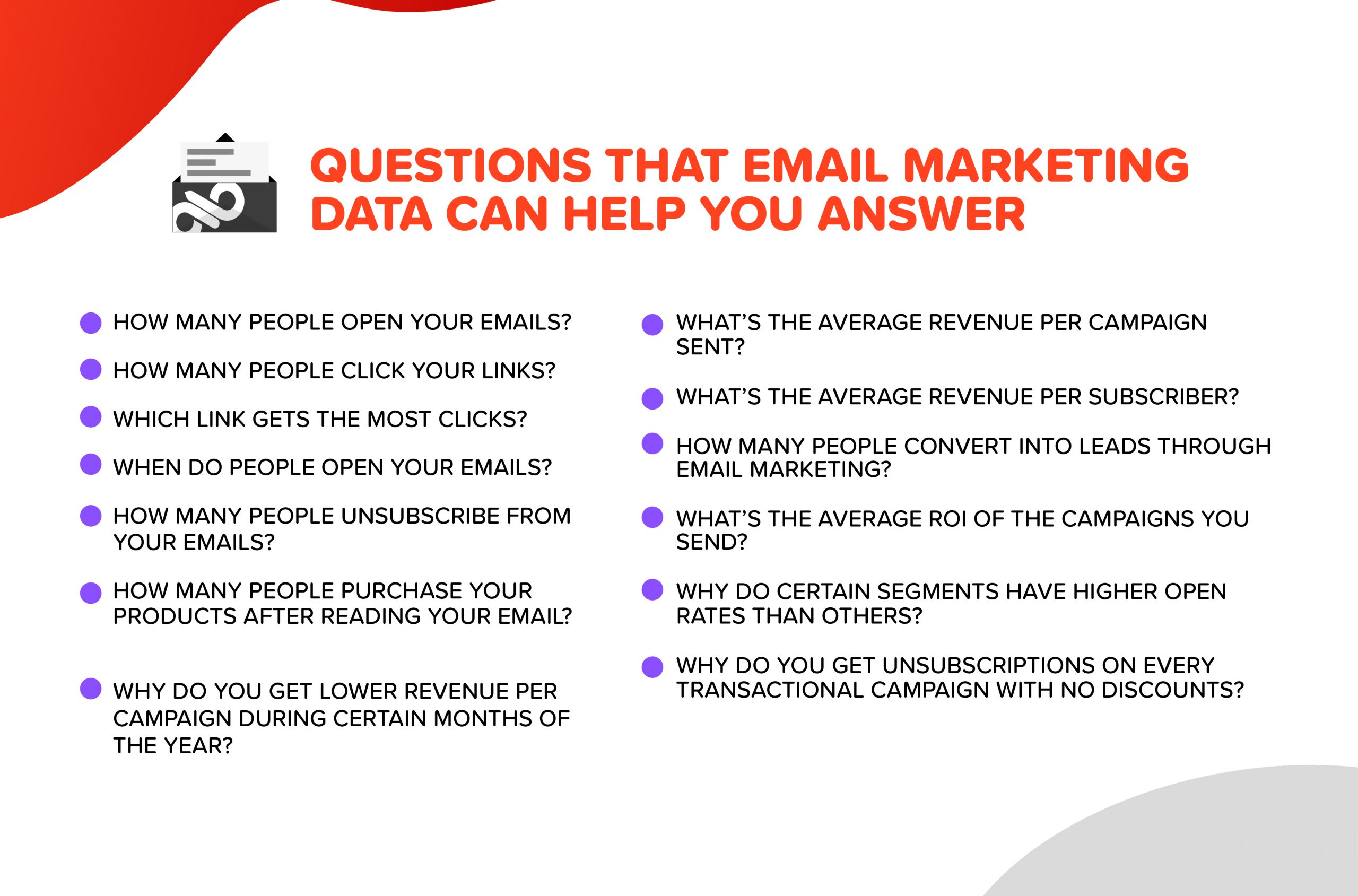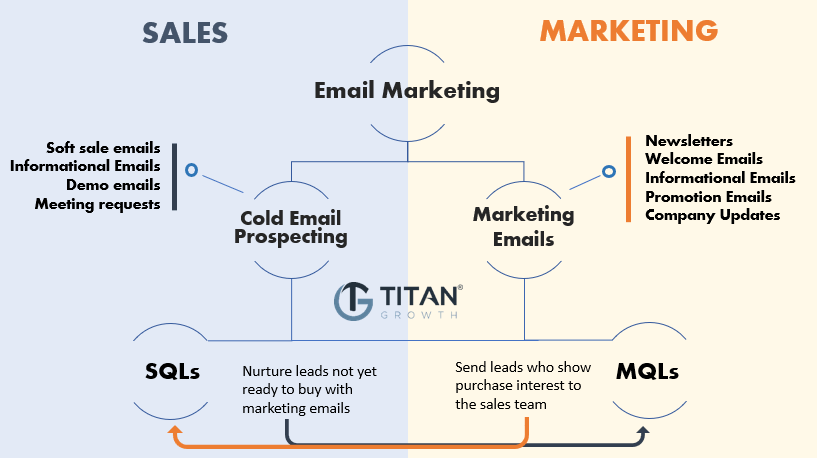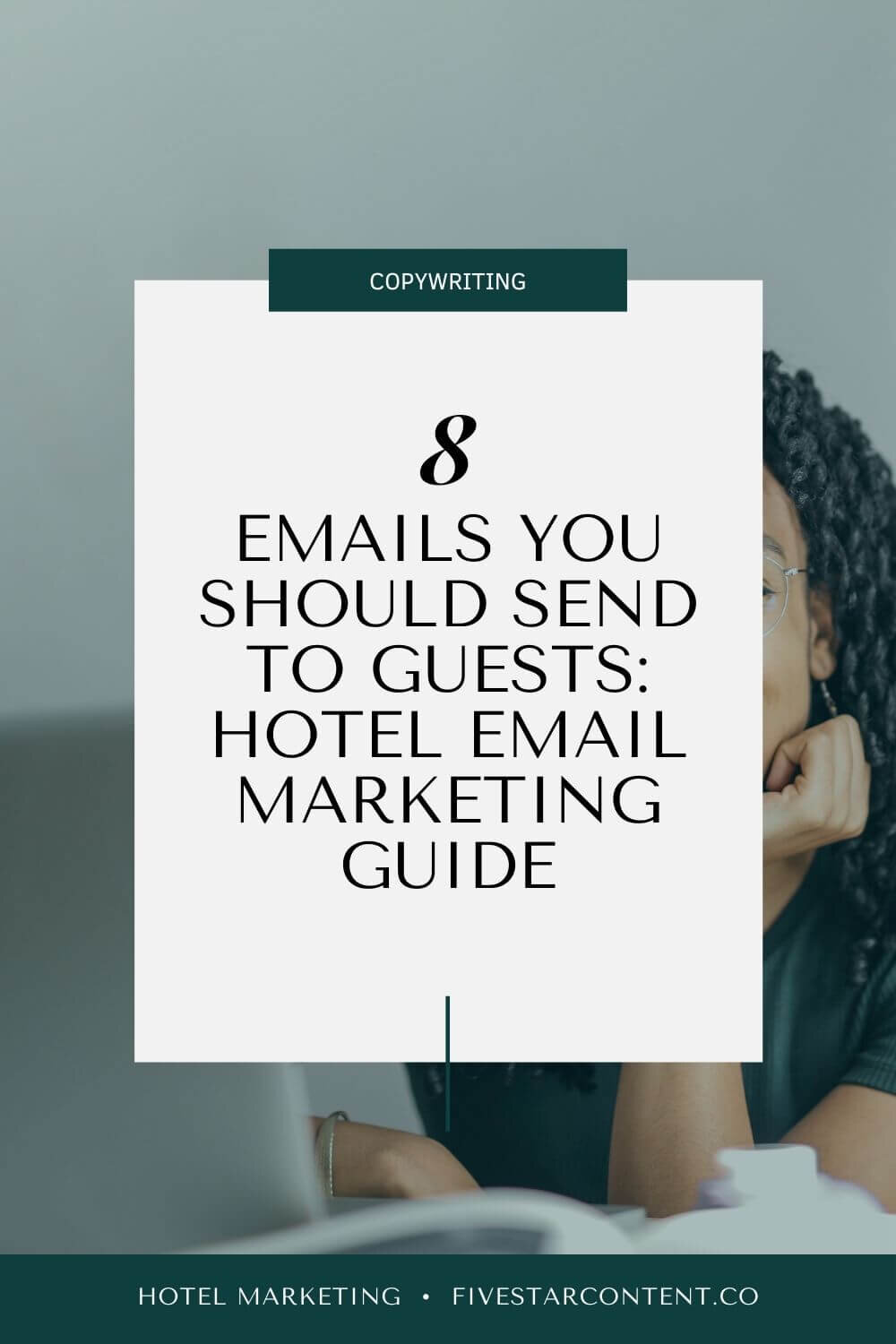Yes, you can send marketing emails to leads, but there are rules to follow. It’s important to understand the laws and best practices to ensure your emails are effective and compliant.
Sending marketing emails can be a powerful way to reach potential customers. But it’s not as simple as hitting the send button. There are regulations like GDPR and CAN-SPAM that dictate how you should handle email marketing. Ignoring these rules can lead to fines and damage your reputation.
Additionally, knowing the best practices for email marketing can help you craft messages that engage your audience and drive conversions. In this blog post, we’ll explore what you need to know to send marketing emails to leads legally and effectively.

Credit: www.smartboost.com
Introduction To Email Marketing
Email marketing is a powerful tool for businesses. It helps them reach their audience directly. But, can you send marketing emails to leads? Let’s explore this topic.
Importance Of Email Marketing
Email marketing connects businesses with their audience. It is personal and direct. Businesses can share news, offers, and updates. This keeps the audience engaged.
Also, email marketing is cost-effective. It does not need a big budget. Businesses can reach many people with little cost. This makes it a valuable tool.
Moreover, email marketing is measurable. Businesses can track open rates, click rates, and conversions. This data helps them improve their strategies.
Benefits For Businesses
Email marketing offers many benefits for businesses. Here are some key points:
- Build relationships: Regular emails help build strong connections with the audience.
- Increase sales: Promotional emails can drive sales and boost revenue.
- Targeted messaging: Emails can be tailored to different audience segments.
- Brand awareness: Frequent emails keep the brand in the audience’s mind.
In summary, email marketing is a crucial tool for businesses. It offers direct communication, cost-effectiveness, and valuable data. These benefits make it essential for any marketing strategy.
Understanding Leads
Sending marketing emails to leads can be a great way to grow your business. But first, it’s important to understand what leads are and the different types of leads you may encounter.
What Are Leads?
Leads are potential customers who have shown interest in your product or service. They may have visited your website, filled out a form, or engaged with your content in some way. These individuals are not yet customers, but they have the potential to become one.
To effectively market to leads, it’s essential to identify who they are and what they need. This helps tailor your marketing messages to their interests, increasing the chances of conversion.
Types Of Leads
Leads can be categorized into different types based on their level of interest and engagement with your brand. Here are some common types of leads:
| Type of Lead | Description |
|---|---|
| Cold Leads | Individuals who have shown very little interest in your product or service. |
| Warm Leads | Potential customers who have interacted with your brand but have not made a purchase. |
| Hot Leads | Individuals who are highly interested and ready to make a purchase. |
Understanding these types of leads helps you craft better marketing strategies. For example, cold leads may need more introductory content, while hot leads might be ready for a direct offer.
Legal Framework
Understanding the legal framework for sending marketing emails is essential. Following the laws helps build trust and avoid penalties. Different regions have specific rules. Let’s dive into some important regulations.
Can-spam Act
The CAN-SPAM Act sets the rules for commercial emails in the U.S. It requires clear subject lines. You must include your physical address. Provide a way to unsubscribe easily. No deceptive content is allowed. Violations can lead to heavy fines. Always get permission before emailing.
Gdpr Compliance
GDPR is a regulation in the European Union. It protects data privacy. Only email people who consent. Provide clear information on data use. Allow users to opt-out anytime. Keep records of consent. GDPR violations can result in large fines. Respect user data and preferences.
Obtaining Consent
Before sending marketing emails, obtaining consent is crucial. Consent ensures your emails are welcome and compliant with regulations. Sending unsolicited emails can harm your brand and result in penalties. Here’s how to obtain consent effectively.
Opt-in Methods
Using opt-in methods is essential for gathering consent. Opt-in means the recipient agrees to receive your emails. There are different ways to get this agreement.
One method is a sign-up form on your website. This form should clearly state what type of emails the user will receive. Use simple language. Make sure there is no confusion.
Another method is offering a free resource. For example, an eBook or a discount coupon. In exchange, the user provides their email address. This method often works well because it adds value for the user.
Double Opt-in Process
Implementing a double opt-in process adds an extra layer of security. It ensures the email address provided is valid and the user is genuinely interested.
After a user signs up, send a confirmation email. This email should ask them to confirm their subscription. The user must click a link to verify their email address.
This process reduces the risk of fake sign-ups. It also increases the quality of your email list. Users who complete this step are more likely to engage with your content.
Remember, obtaining consent is not just about following the law. It is about respecting your audience. By using these methods, you build trust and a loyal subscriber base.
Crafting Effective Emails
Crafting effective emails is crucial for successful marketing campaigns. Your emails must grab attention and drive action. Let’s explore some techniques for creating impactful marketing emails.
Personalization Techniques
Personalization makes your emails feel unique and relevant to each recipient. Here are some techniques:
- Use the recipient’s name: Addressing them by name creates a personal touch.
- Segment your audience: Group leads based on interests or behaviors for targeted content.
- Customize content: Tailor your message to align with their preferences.
Personalization can boost engagement and conversion rates significantly.
Engaging Subject Lines
The subject line is the first thing your leads see. It determines whether they open your email or not. Here are some tips:
- Keep it short and sweet: Aim for less than 50 characters.
- Create a sense of urgency: Use phrases like “limited time offer” or “act now.”
- Ask a question: Questions can intrigue and engage your audience.
- Be clear and specific: Let them know what to expect inside.
An engaging subject line can significantly increase your open rates.

Credit: www.titangrowth.com
Segmentation Strategies
Segmentation strategies are crucial for effective email marketing. By targeting specific groups within your leads, you can tailor your messages for better engagement. Different segmentation methods help you understand and address the unique needs of your audience. Two popular strategies are demographic segmentation and behavioral segmentation.
Demographic Segmentation
Demographic segmentation divides your audience based on measurable statistics. These include age, gender, income, and education level. Knowing your leads’ demographics helps you craft relevant content. For instance, younger audiences may prefer trendy products. Older segments might value reliability and experience. This approach ensures your emails resonate with the recipients’ life stages and preferences.
Behavioral Segmentation
Behavioral segmentation focuses on the actions and behaviors of your leads. This includes their past purchases, website interactions, and email engagement. By analyzing these behaviors, you can predict future actions. For example, a lead who frequently opens your emails might be more interested in your content. Tailoring your emails based on these behaviors can increase engagement and conversion rates.
Measuring Success
Sending marketing emails is just the first step. Measuring the success of these emails is crucial. Understanding how well your campaigns perform helps refine future efforts. Let’s dive into the key metrics and how to analyze open rates.
Key Metrics
To measure success, track several key metrics. These metrics provide insights into your campaign’s performance.
| Metric | Description |
|---|---|
| Open Rate | Percentage of recipients who open your email. |
| Click-Through Rate (CTR) | Percentage of recipients who click on a link in your email. |
| Conversion Rate | Percentage of recipients who complete a desired action. |
| Bounce Rate | Percentage of emails not delivered to recipients’ inboxes. |
| Unsubscribe Rate | Percentage of recipients who opt-out of your email list. |
Analyzing Open Rates
The open rate is a vital metric. It shows how engaging your subject lines are. Here are some tips to improve your open rate:
- Craft compelling subject lines.
- Personalize your emails.
- Send emails at optimal times.
Track your open rates regularly. Compare them to previous campaigns. This analysis will help you understand trends and make informed decisions.

Credit: www.fivestarcontent.co
Avoiding Common Pitfalls
Sending marketing emails to leads can be tricky. It involves many considerations to ensure your emails reach the right audience and don’t end up in the spam folder. Let’s dive into some common pitfalls you should avoid.
Spam Triggers
Many emails land in the spam folder. Why? They often contain trigger words that spam filters flag. Avoid words like “free,” “win,” or “urgent.” These words can raise red flags.
Another common mistake is using too many exclamation marks or all caps. This can make your email look like spam. Keep your language professional and your format clean.
Ensure your email has a clear and relevant subject line. A misleading subject line can damage your reputation and lead to higher spam rates.
Maintaining List Hygiene
List hygiene is crucial. An outdated or unverified list can harm your email campaign. Start by ensuring your list is up-to-date. Remove any invalid or inactive email addresses.
Segment your list based on user behavior and preferences. This ensures your emails are relevant to the recipient.
Regularly clean your list to remove hard bounces and inactive subscribers. This will improve your deliverability rates.
Consider using a double opt-in method. This ensures that the people on your list really want to receive your emails.
| Best Practices | Why It’s Important |
|---|---|
| Avoid spam trigger words | Prevents emails from landing in the spam folder |
| Use a clear subject line | Builds trust and improves open rates |
| Keep your list clean | Improves deliverability and engagement |
| Double opt-in | Ensures a high-quality list |
Best Practices
Sending marketing emails to leads can be very effective. But, to avoid pitfalls, you must follow best practices. These practices ensure your emails reach the right audience and maintain your brand’s reputation. Let’s explore some of the best practices.
Follow-up Strategies
Developing good follow-up strategies is essential. Start by sending a welcome email. This sets the tone for future communications. Follow up with value-driven content. Share tips, insights, and relevant information. Keep your emails short and to the point. Send follow-up emails at regular intervals. Avoid overwhelming your leads with too many emails. Use clear and compelling subject lines. This increases the chances of your emails being opened.
A/b Testing
A/B testing helps optimize your email campaigns. Test different email elements. This includes subject lines, content, and call-to-action buttons. Send two versions of your email to small segments of your list. Analyze which version performs better. Use the winning version for the rest of your audience. Continuously test and refine your emails. This ensures higher engagement rates. A/B testing can improve open rates and click-through rates. It also helps you understand what resonates with your audience.
Frequently Asked Questions
Can I Send Marketing Emails To Leads?
Yes, you can send marketing emails to leads. Ensure you have their consent and comply with email marketing regulations.
What Regulations Apply To Marketing Emails?
Marketing emails must comply with regulations like GDPR and CAN-SPAM Act. These laws ensure email marketing practices respect user privacy and consent.
How Can I Get Consent To Email Leads?
Obtain consent by using opt-in forms. Make sure to clearly explain what kind of emails they will receive.
Are There Best Practices For Email Marketing?
Yes, personalize your emails, use engaging subject lines, and provide valuable content. Always include an easy unsubscribe option.
Conclusion
Sending marketing emails to leads can be very effective. Always follow the rules. Respect privacy and obtain consent. Personalize your messages. Make sure your content is valuable. Keep your emails clear and simple. Regularly review your strategies. Happy emailing!



Leave a Reply